Am Vortag von Heiligabend 1947 wurde in den Bell Labs von John Bardeen, Walter Brattain und William Shockley der erste Transistor überhaupt zum Laufen gebracht. Dies war der Startschuss zu einer technischen Revolution ohnegleichen.
Der Transistor ist heute nichts mehr Besonderes. Auf einem einzigen der höchstintegrierten Chips tummeln sich davon mehr als Menschen auf der Erde. Tendenz: weiter steigend. Geforscht wird gerade an Halbleitern der nächsten Generation, die mit nur 7 nm Strukturbreite wohl das Ende des Moorschen Gesetzes einläuten könnten. Bis hierhin war es ein langer, aber von stetiger Innovation getriebener Weg.
Heute tragen wir mit einem Smartphone zig Milliarden Transistoren wie selbstverständlich mit uns herum. Es gibt kaum ein Gerät des modernen Lebens, was nicht irgendwie mit Halbleitern bestückt ist. Genug Anlass für Elektroniker, an Weihnachten einmal den drei Gründern dieser sensationellen Erfolgsgeschichte zu gedenken!
Learn more / En savoir plus / Mehr erfahren:
https://www.scoop.it/t/21st-century-innovative-technologies-and-developments/?&tag=Electronics



 Your new post is loading...
Your new post is loading...

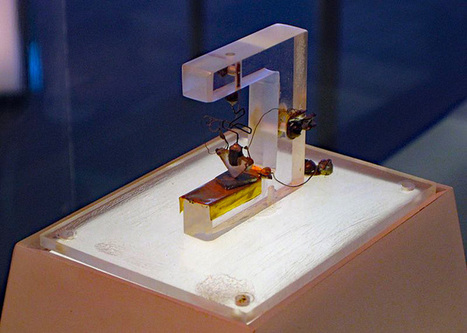

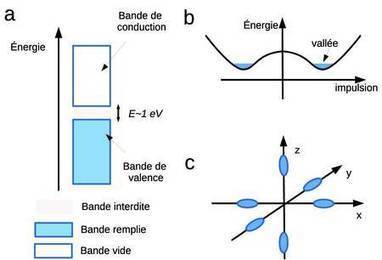
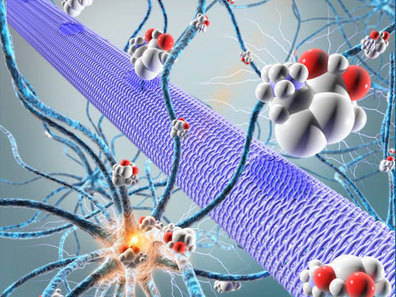


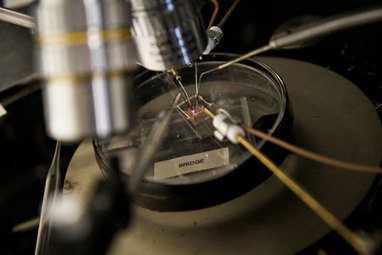
![A Tattoo That Monitors Your Sweat [VIDEO] | 21st Century Innovative Technologies and Developments as also discoveries, curiosity ( insolite)... | Scoop.it](https://img.scoop.it/JCFMlBso0eEOvXUKCKZ6zjl72eJkfbmt4t8yenImKBVvK0kTmF0xjctABnaLJIm9)
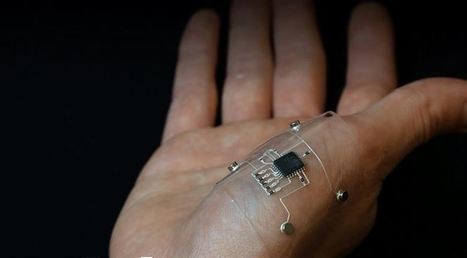
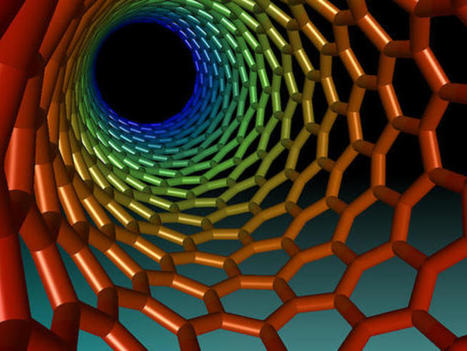
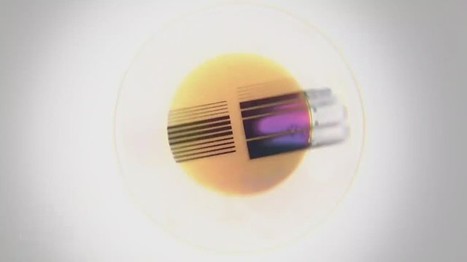
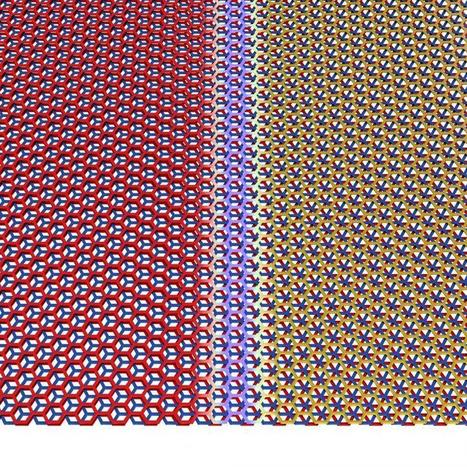
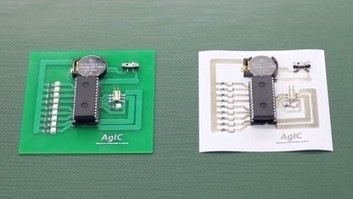
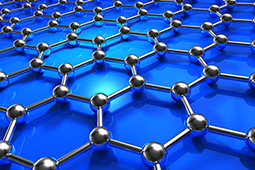





Heute tragen wir mit einem Smartphone zig Milliarden Transistoren wie selbstverständlich mit uns herum. Es gibt kaum ein Gerät des modernen Lebens, was nicht irgendwie mit Halbleitern bestückt ist. Genug Anlass für Elektroniker, an Weihnachten einmal den drei Gründern dieser sensationellen Erfolgsgeschichte zu gedenken!
Learn more / En savoir plus / Mehr erfahren:
https://www.scoop.it/t/21st-century-innovative-technologies-and-developments/?&tag=Electronics